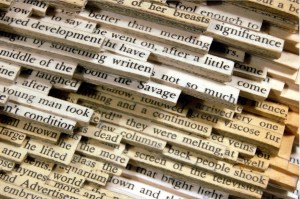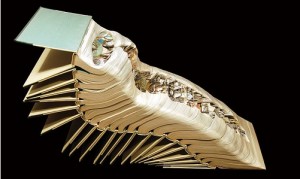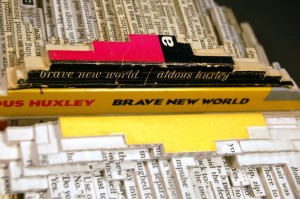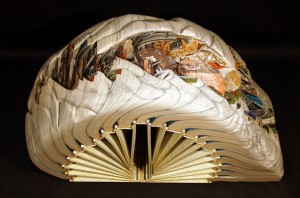At the beginning of this course we contemplated the following question: What does it mean to be “literate” in a digital age? We have since had opportunity to examine this question from a number of different angles, coming, in the end, to the notion of “information literacy,” which signals a portion of what may be different about literacy in digital times: that readers have increasing opportunities to “find their own way across a plethora of information resources and to be able to do so outside of the traditionally supportive bounds of libraries, publishers, and educational institutions” (Dobson and Willinsky, 2009). Beyond this, to allude again to the initial reading for the course, social media constitutes “a fairly substantial answer to the question of how digital literacy differs from and extends the work of print literacy. It speaks to how people’s literacy combines the taking in and giving back of words” (Dobson and Willinsky, 2009).
Shapiro and Hughes (1996) provide us with a sketch of an “information literacy” curriculum that seems to serve well as a possible “digital literacy” curriculum, entailing tool, resource, social-structural, research, publishing, emerging technology, and critical literacies. As we conclude this course, I invite your final reflections respecting the nature and implications of “digital literacy,” and respecting how educators might facilitate this form of literacy in both local and global contexts.
Thanks, all, for your provocative and thoughtful contributions to class discussion here and in the seminar room. I’ve enjoyed the term very much.




